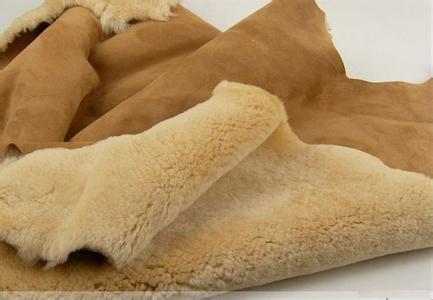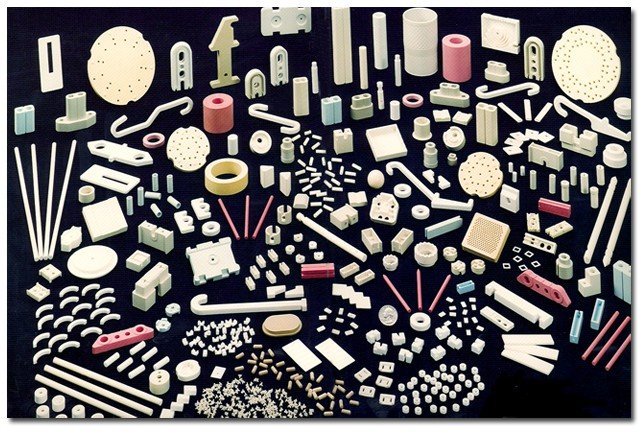Following the emergence of many novel two-dimensional (2D) materials beyond graphene, interest has grown in exploring implications for fundamental physics and practical applications ranging from electronics, photonics, and phononics to thermal management and energy storage. In this Colloquium, a summary and comparison are given of the phonon properties, such as phonon dispersion and relaxation time, of pristine 2D materials with single-layer graphene to understand the role of crystal structure and dimension on thermal conductivity. A comparison is made of the phonon properties, contrasting idealized 2D crystals, realistic 2D crystals, and 3D crystals, and synthesizing this to develop a physical picture of how the sample size of 2D materials affects their thermal conductivity. The effects of geometry such as the number of layers and the nanoribbon width, together with the presence of defects, mechanical strain, and substrate interactions on the thermal properties of 2D materials are discussed. Intercalation affects both the group velocities and phonon relaxation times of layered crystals and thus tunes the thermal conductivity along both the through-plane and basal-plane directions. This Colloquium concludes with a discussion of the challenges in theoretical and experimental studies of thermal transport in 2D materials. The rich and special phonon physics in 2D materials make them promising candidates for exploring novel phenomena such as topological phonon effects and applications such as phononic quantum devices.


 我要投稿
我要投稿









